The post 11 Things to Experiment With When Starting Out in Digital Photography appeared first on Digital Photography School. It was authored by Megan Kennedy.
Starting out in digital photography can seem a little daunting. With so many avenues to explore, it can be hard to pinpoint exactly where to begin. Here are 11 things to experiment with when first taking up photography.

1. Semi-automatic and manual modes
When first getting started in photography, it can be tempting to switch a camera over to Auto mode and forget about making manual adjustments, especially when starting out in digital photography. Why make manual adjustments when the camera can do it all for you, right?
The truth is that shooting with Auto mode sacrifices experience, flexibility, and control. If you can avoid Auto mode, you should.
Now, the prospect of shooting in Manual can prove overwhelming to start with. Fortunately, there are often semi-automatic modes available in-camera to bridge the gap between Manual and Auto.
Shutter Priority allows you to alter shutter speed while the camera automatically adjusts the aperture. Aperture Priority is similar, but it allows you to change the aperture while the camera adjusts the shutter speed instead.

Shutter Priority and Aperture Priority facilitate a creative approach to photography while allowing the camera to manage some of the load in maintaining a decent exposure. This balance of functionality allows you to experiment, which in turn helps you develop a good sense of the right settings for any circumstance.
And after becoming familiar with the dynamics of semi-automatic modes, graduating to Manual is a lot more fluid, when you can finally take full advantage of the camera as a creative tool.
2. ISO
ISO is a little misunderstood; there’s a great video about it here. But in basic terms, ISO is a setting that brightens an image in-camera. As the ISO value is increased, images grow progressively lighter. It’s a function that is useful for photography in darker environments.
However, raising the ISO value also increases noise, which can compromise the quality of a digital image.
Experimenting with ISO will give you a sense of how your images will turn out in low-light situations. By becoming familiar with ISO and its trade-offs, you can learn to anticipate the outcome of a photograph, maintaining as strong image quality as possible in a variety of environments.
3. Metering modes
In-camera metering is how a camera determines the appropriate exposure for a given situation. Metering modes refer to the method the metering system uses to evaluate a scene.

Different metering modes allow photographers to select the ideal settings for a particular situation. For example, Matrix metering (Nikon)/Evaluative metering (Canon) measures the light intensity at several zones in a scene, then combines the results to find the average settings for the exposure. Spot metering, on the other hand, measures only a very small portion of a scene to determine exposure settings.
While Matrix/Evaluative metering is useful for situations with evenly-distributed tones, Spot metering is ideal for metering in high-contrast scenarios. Experimenting with metering modes exposes a user to effective ways of working in different lighting conditions, leading to greater creative and technical control.
4. White balance
Different lighting conditions can impact the color temperature of the overall photo. For example, fluorescent lights can generate a different color cast than the afternoon sun. To rectify this, many digital cameras offer a function that balances the whites in a scene in order to make images appear more natural.
Experimenting with preset or custom white balance modes can help achieve a more aesthetically pleasing result in-camera. Although white balance can be set to Auto, the camera doesn’t always get it right. Trying out custom or preset white balance functions prepares a photographer for tricky lighting situations down the track.
5. Manual focus
As a beginner photographer, achieving sharp images can be a challenge. Although a camera’s autofocus function is quick and relatively easy to use, shooting with manual focus can sometimes be the difference between successful and unsuccessful images.
Often, manual focus is much more effective than autofocus in low-light and low-contrast conditions, and shooting through objects (like glass or fencing) with autofocus engaged can be a frustrating experience. The autofocus system may even get confused when the user is trying to focus on a fast-moving subject.

While autofocus may be convenient in some situations, switching to manual focus can play a vital role in creating quality images. Experimenting with manual focus when starting out in digital photography builds and reinforces technical experience. Using manual focus also fosters a greater awareness of camera capabilities and generates a more diverse range of images.
6. Composition
Throughout the history of visual art, concepts have emerged to aid in the formulation of impactful imagery. Composition refers to the organization of visual elements within an artwork. Whether it’s a painting, a photograph, or a sculpture, all art hinges on composition.
Experimenting with composition allows photographers in the early stages of their practice to arm themselves with helpful knowledge that has been passed down by artists. By experimenting with compositional elements (such as perspective, the rule of thirds, and leading lines), new photographers can quickly start to identify and utilize key visual aspects of a scene.
7. Abstraction
Wikipedia defines abstract photography as “a means of depicting a visual image that does not have an immediate association with the object world and that has been created through the use of photographic equipment, processes, or materials.”
Basically, abstract photographers generate subject matter that prioritizes aesthetic experience over conventional discernibility.

Right: Canon 5D Mark II | Canon EF 24-105mm f/4L IS USM | 1/250 sec | f/6.3 | ISO 100
Abstraction is a unique facet of photography in that it encourages a more experimental approach to the photo-making process.
By taking advantage of abstraction, those starting out in digital photography are free to experiment beyond the conventional notion of a photograph. This experimentation will inevitably inform other areas of a new photographer’s practice, building experience and developing individual perspective.
8. Subject matter
There is nothing wrong with specializing, but tackling a range of different photographic fields expands your photographic experience. And it can also completely alter the way you approach your preferred subject matter.
For example, landscape photography can reveal opportunities for beautiful outdoor portraits. Abstract photography can impact the way motion is expressed in action shots. Street photography can help you develop an eye for subtle photographic opportunities. Macro photography will help you notice small details.
In short, experience with different photographic subjects can feed into one another in surprising ways. Experimenting with a variety of subjects is a solid means of developing a well-rounded photographic approach.
9. Perspective
One of the reasons photography is so effective is because it challenges both the photographer’s and the viewer’s comprehension of the world. However, it can be easy to get into the habit of photographing subjects from the same eye-level viewpoint, especially when starting out.

We all know the saying, “Show, don’t tell.” Moving around with the camera is one of the simplest ways to convey a unique photographic experience. You can shoot from above your subject, below your subject, or off to the side.
And by experimenting with different camera positions, you explore the nature of photography and the world we live in. By photographing from interesting or unusual perspectives, the physicality of the image-making process is emphasized, providing a unique insight into the world through the experience of the photographer.
10. Post-production
Getting it right in-camera is ideal, but sometimes a bit of work in post-production is necessary. Becoming familiar with digital post-production techniques can be very handy, especially because even minor adjustments can create a positive impact. In addition, editing can affect your overall approach to digital image-making by revealing photographic techniques that work well or need improvement.
Photoshop is a great tool for editing images, but there are also free applications such as GIMP to make use of. With practice, you can develop a sense of how to bring the best out of a photograph.
11. Accessories
There are plenty of ways to expand your creative image-making through economical accessories.
For example, extension tubes are a cheap way of getting into macro photography. Filters can significantly alter the outcome of a photograph. And a budget tripod will help you achieve sharp images. Renting or buying second-hand is also a viable option. In some cases, digital photographers can even make use of old lenses designed for film cameras.
Investing in economical accessories allows new photographers to experiment with engaging techniques without breaking the bank.

Starting Out in Digital Photography: Conclusion
While there are plenty of considerations to take into account when starting out in digital photography, experimenting with technical settings, creative approaches, and accessories gives you a strong foundation for future photography endeavors.
And this allows for a more comprehensive skillset and well-developed creative instincts.
Now over to you:
Have you tried experimenting with any of these items? What are you going to experiment with first? Leave a comment and let us know!
The post 11 Things to Experiment With When Starting Out in Digital Photography appeared first on Digital Photography School. It was authored by Megan Kennedy.


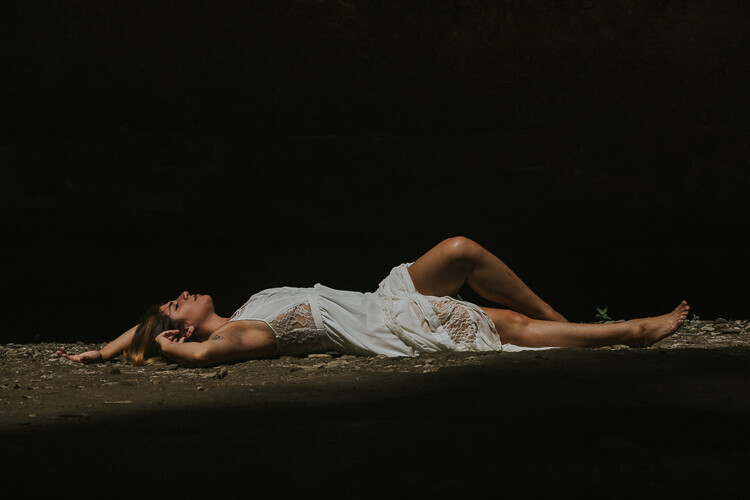


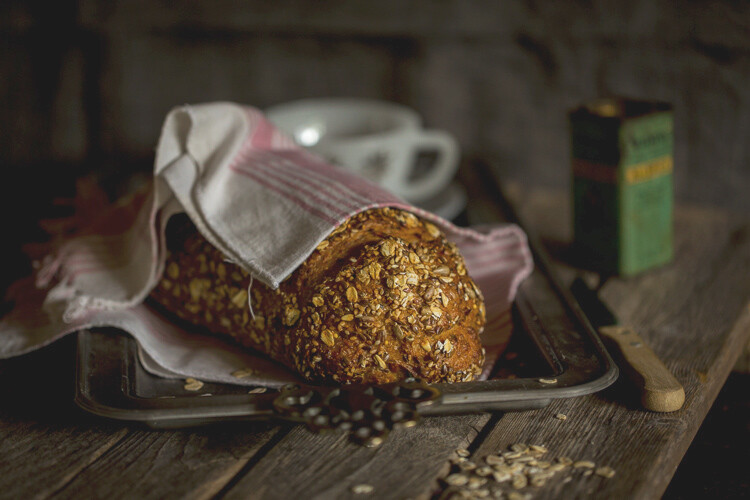
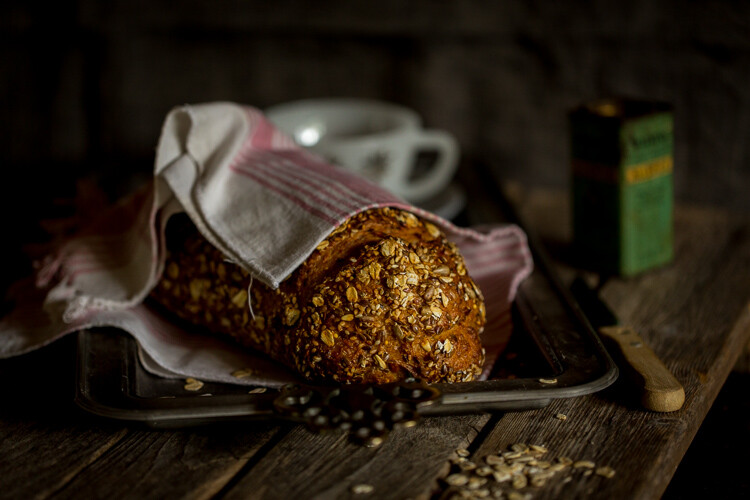
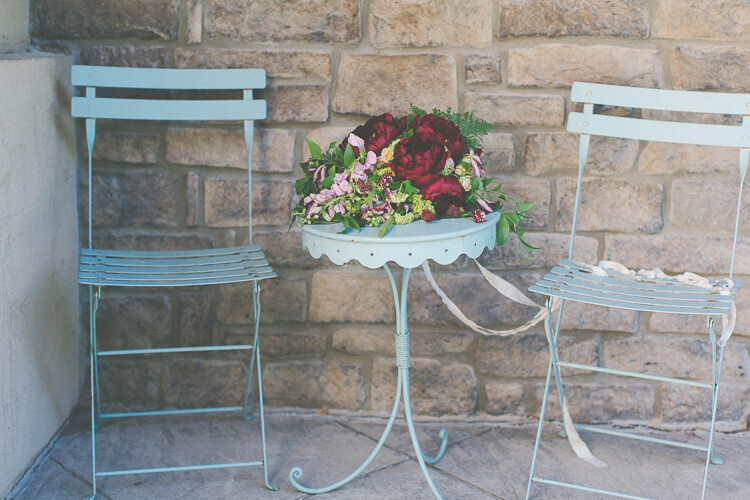

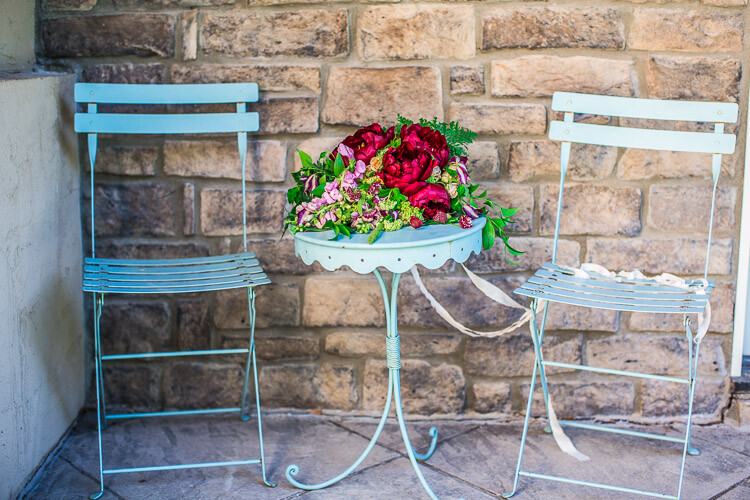
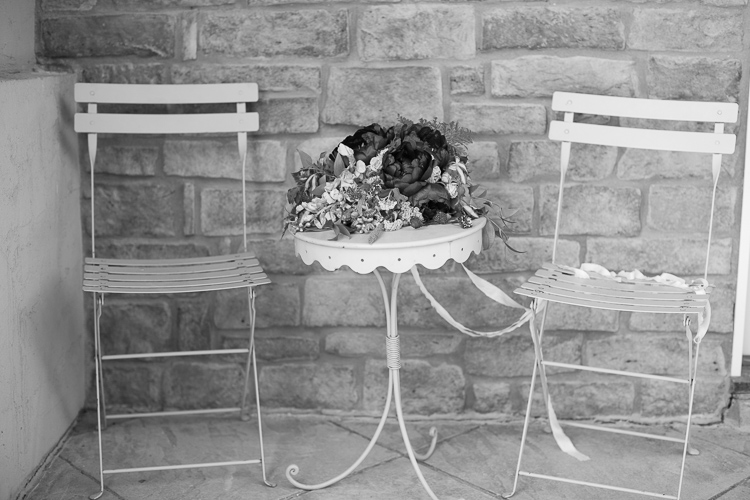
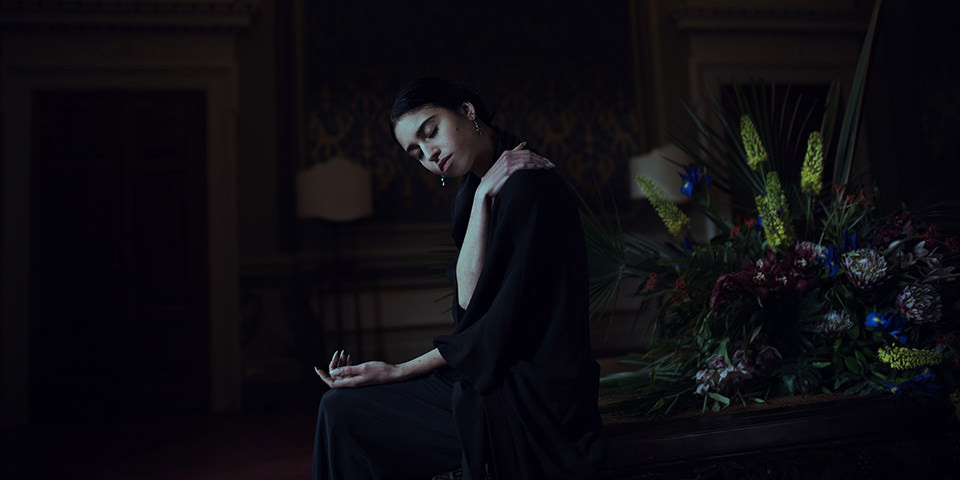
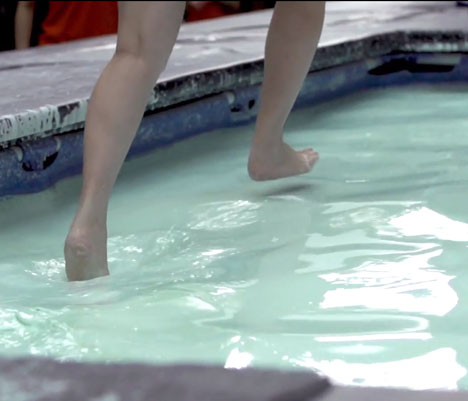
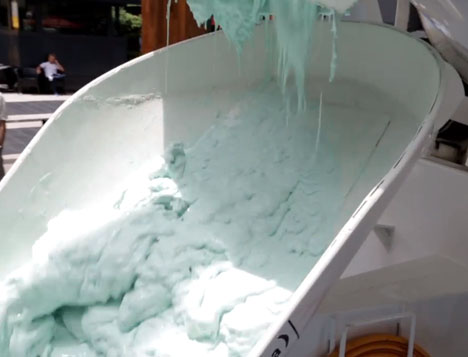

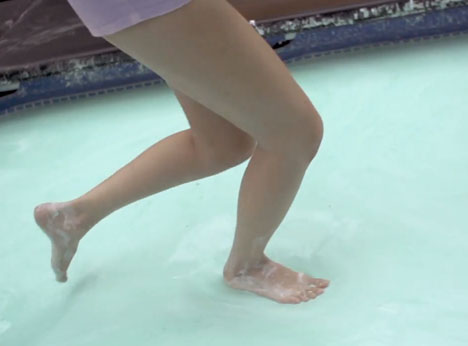

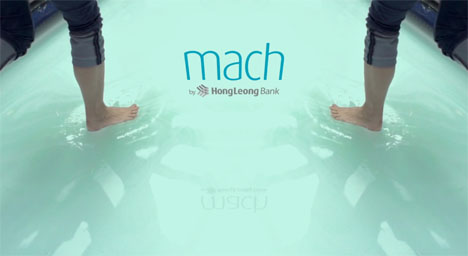
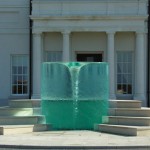
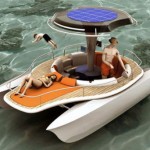
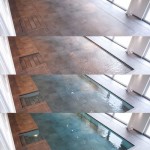












You must be logged in to post a comment.